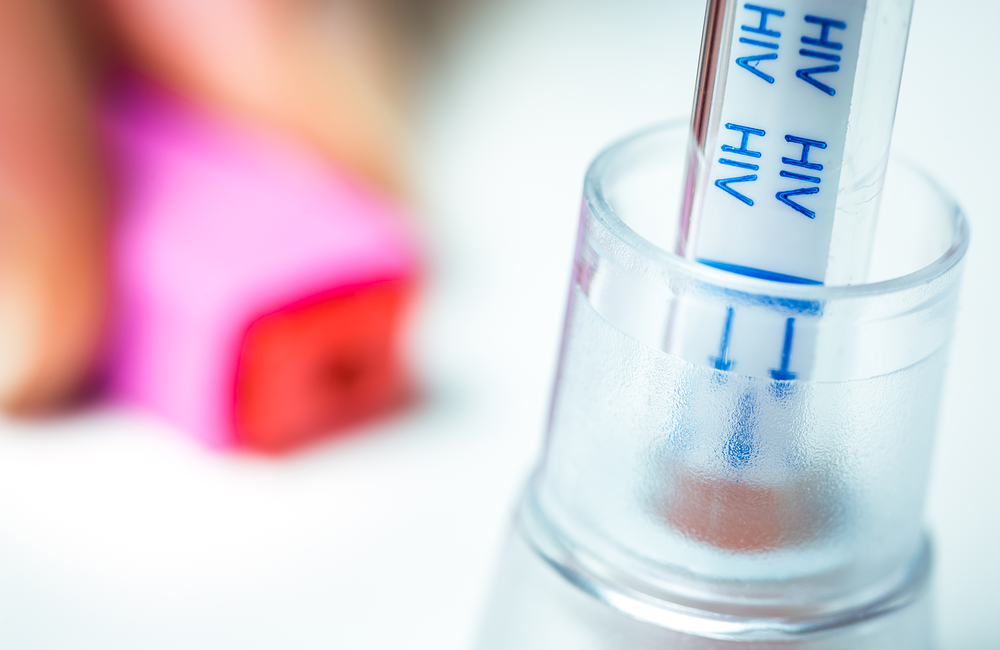
Globally, more women are living with HIV than men, but in the World Health Organization (WHO) European Region, twice as many men are newly diagnosed with HIV than women each year, a study recently published in Eurosurveillance shows. Dr Otilia Mårdh of the European Centre for Disease Prevention and Control and colleagues examined demographic, clinical characteristics and trends among women diagnosed with HIV in the WHO European region, and found that half of women were diagnosed late.
The researchers analysed all HIV diagnoses between 2009 and 2018, from the 53 countries in the WHO European Region. In 2018, there were 141,552 new HIV diagnoses, and over a third (35%) of these were among women. The median age for women at diagnosis was 37 years. Most of the diagnosed women were in the 30 to 49 years age group.
Of the almost 50,000 new diagnoses in women in 2018, most (86%) were in the east sub-region (which includes Russia and countries in central Asia), with the west and the central sub-regions accounting for 12% and 2% respectively.
In the same year, 92% of the women were reported to have acquired HIV through heterosexual transmission, while transmission through injecting drugs accounted for 7%.
There were differences in trends of HIV diagnoses between 2009 and 2018 across the sub-regions. New HIV diagnoses declined in the west, particularly among migrant women. In contrast, new diagnoses increased in the centre and east, largely due to more heterosexual transmission. Similar trends have been reported in men in the same regions over the past decade.
There were marked regional differences in the proportion of diagnoses that occurred in migrants: 71% in the west, 27% in the centre and 1% in the east.
Across the continent, 54% of women were diagnosed late (with a CD4 count below 350). Older women were at greater risk of late diagnosis. Migrant status was not associated with late diagnosis.
The investigators highlight the importance of women in older age groups being offered sexual health counselling and gender-sensitive HIV testing in a range of healthcare settings.
They add: “Collection of more detailed information on socio-demographic, behaviour and partner characteristics for the women newly diagnosed with HIV would facilitate a better characterisation of the women most vulnerable to HIV acquisition and inform prevention policies, including better targeting of women most likely to benefit from pre-exposure prophylaxis for HIV”.
Mårdh O et al. HIV among women in the WHO European Region – epidemiological trends and predictors of late diagnosis, 2009-2018. Eurosurveillance 24: pii=1900696, 2019 (open access).
